1 Workshop
42/42 Le Trong Tan street - Tay Thanh Ward
District Tan Phu- HoChiMinh City Vietnam
Tel: 0084-08-38163575
Fax: 0084-08-38161824
2 Workshop
117A Nguyen Tat Thanh street
Ward 13 - District 4 - HoChiMinh City Vietnam
Tel: 0084-08-39435232
Fax: 0084-08-39435236
About Kimono
The word kimono simply means things to wear and is pronounced kee-mo-no. The plural of kimono is simply kimono. The kimono has had a long history in Japan and the kimono has changed over time to reflect the society and culture of that period.
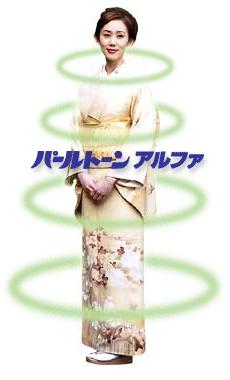
Today, a Japanese woman usually owns only one kimono typically a furosode kimono which is worn for the coming of age ceremony on her 19th birthday. For weddings, the complete bridal kimono and kimono apparel is usually rented. Kimono are also very rarely worn as every day clothing anymore. Occasionally, if you go to a small rural town in Japan or one of small islands like Okinawa, you will see the traditional every day kimono worn by elders.
Japanese Clothing Clothes

Japanese Clothing - Japanese Clothes and Seasons
In the spring, bright colors and spring floral patterned japanese clothing is worn. In autumn, japanese clothes with fall colors and fall patterns are worn. Japanese clothing designs may include chrysanthemums or maple leaves. In the winter, especially near the holidays, japanese clothing with patterns and designs such as the bamboo, pine trees or plum blossoms or worn for they signify good luck and prosperity. The fabric of the japanese clothing also plays a role in the seasons. In the summer, cotton clothes are worn whereas in the fall and winter, heavier or lined clothing is worn.
Japanese Clothing - Japanese Clothes and Events
Customarily, woven patterns, dyed clothing and repetitive patterns are considered informal japanese clothing. Examples of traditional informal japanese clothing are; cotton yukata, woven cotton haori and dyed ikat kimono. These types of japanese clothes would be used as daily wear, for bath houses or for informal friend and family visits.
Formal japanese clothing normally takes on either of two characteristics; very elaborate designs or a simple elegant designs. A few examples of elaborate designed japanese clothes worn for an event are uchikake wedding kimono and festive happi coats. The more elegant designs, subdued colors or solid pattern formal japanese clothes would be worn for paying formal visits, funerals or by married women for weddings or formal functions.
Japanese Clothing - Japanese Clothes and Age
For women in particular, traditional japanese clothing like the kimono is not only worn based on the persons age but also by their marital status. Young unmarried women wear kimono with long sleeves that are very vibrant, colorful and rich with patterns. Married women or older women would wear simpler more subdued clothes.
Traditional Japanese Clothing Types
The traditional forms of japanese clothing or japanese clothes in general is called wafuku. Traditional japanese clothing can be broken down into the following clothing categories.
Kimono - meaning clothing or things to wear is the basic japanese clothing
Yukata - the summer kimono
Nagajugan - undergarments
Clothing Accessories - obi, shoes, socks, etc.
Haori - short silk jackets
Michiyuki - Overcoats
Hakama - japanese pants
Uchikake - most formal kimono
Shiro-maku - wedding kimono
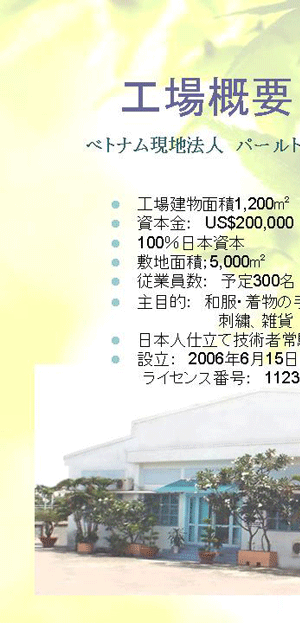 |
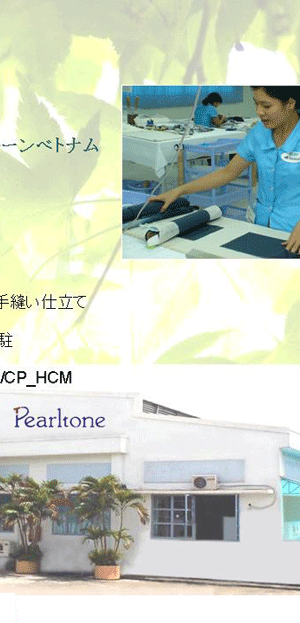 |
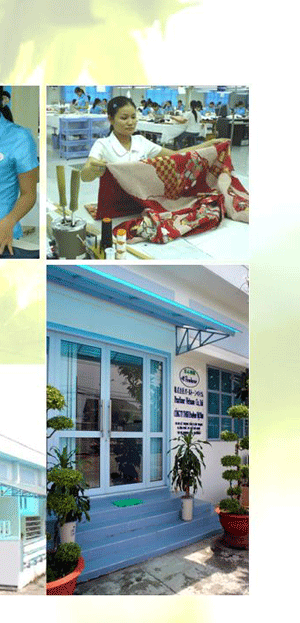 |
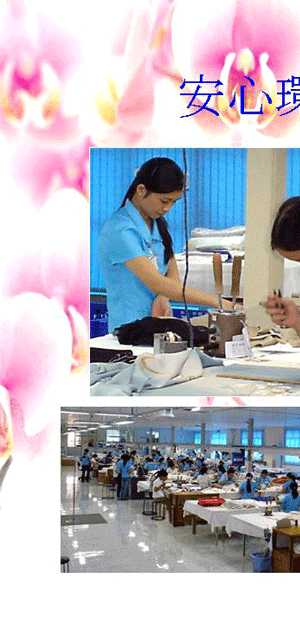 |
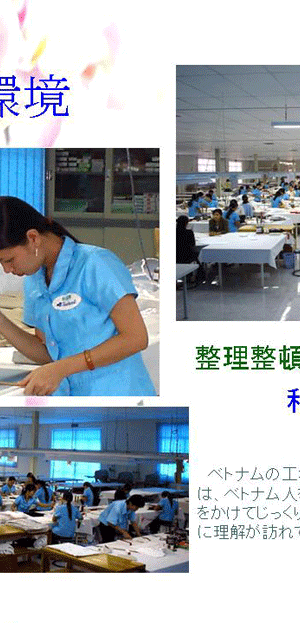 |
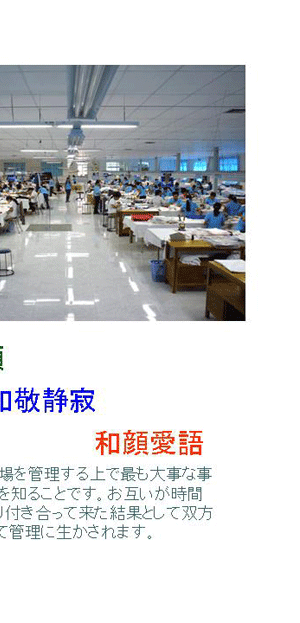 |
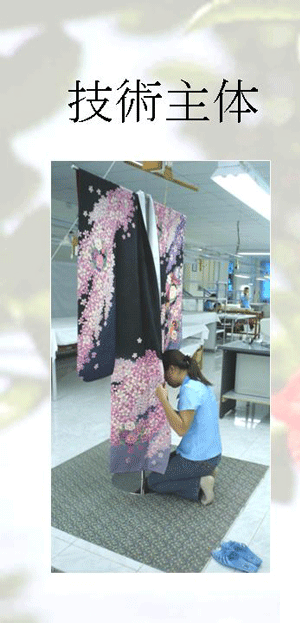 |
 |
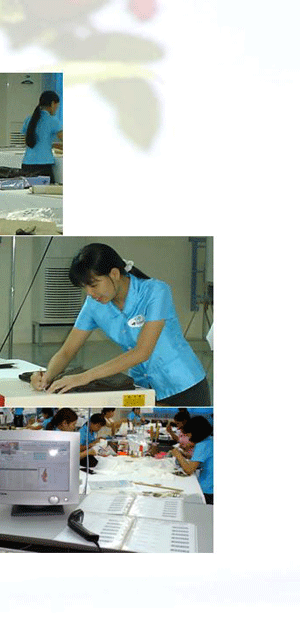 |
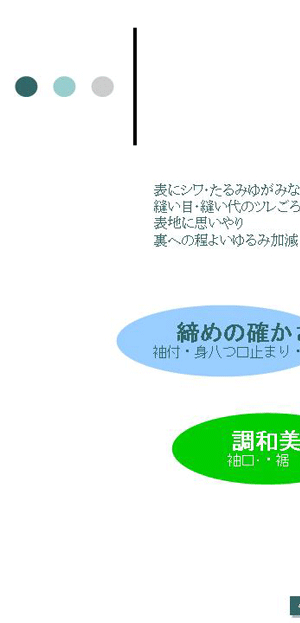 |
 |
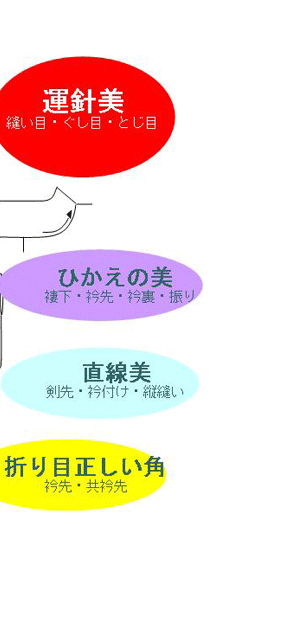 |
 |
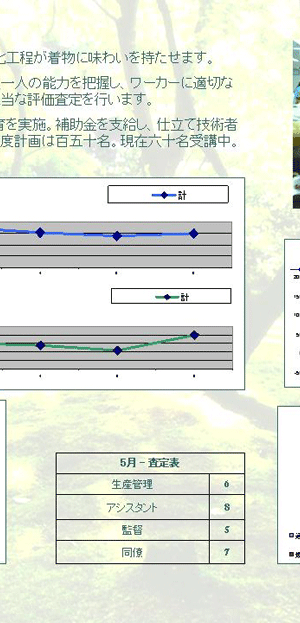 |
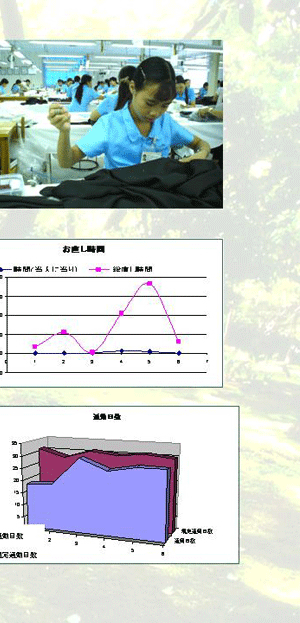 |
 |
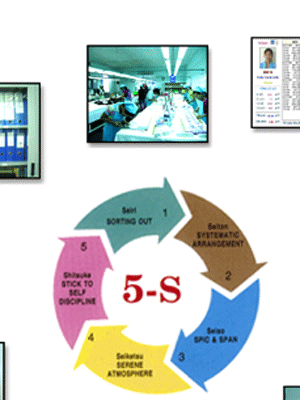 |
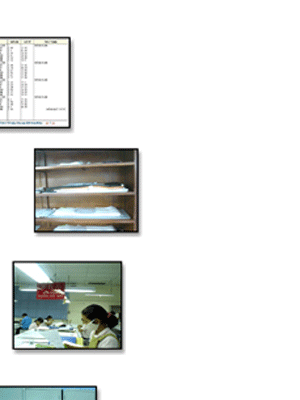 |
 |
||
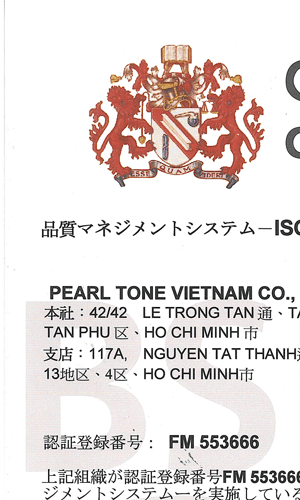 |
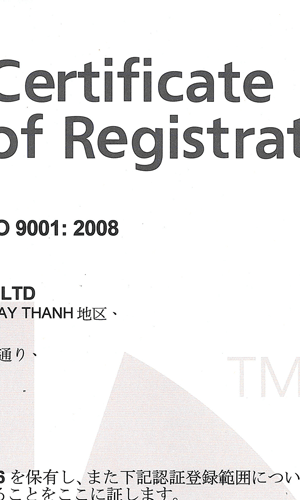 |
 |
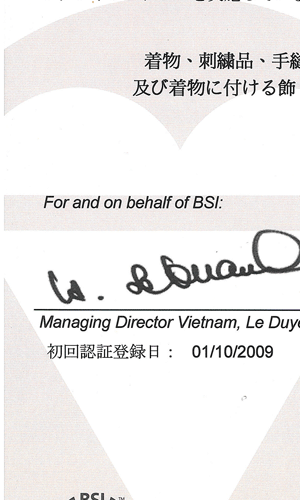 |
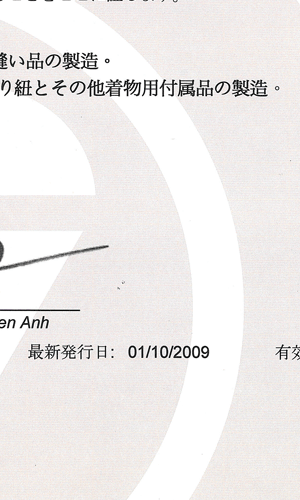 |
 |
 |
||
184-186 Le Trong Tan Street, Tay Thanh Ward, Tan Phu District, Ho Chi Minh City VietNam<
Tel: 084-08-38163575 - Fax: 084-08-38161824 - Email: info@pearltone.vn
